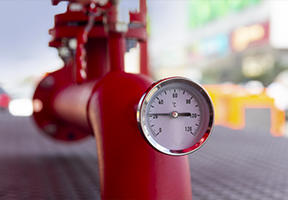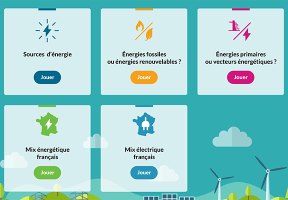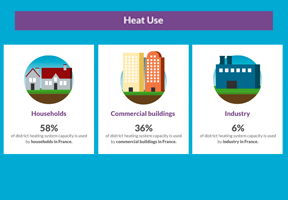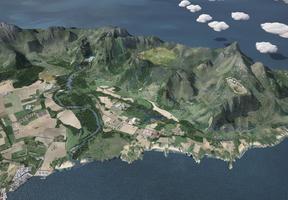Heating Solutions Around the World
5 min read
Whether in cities or villages, developed or poor countries, using makeshift fuels or high-tech devices – the methods used to homes are extremely diverse across the five continents. An overview in pictures
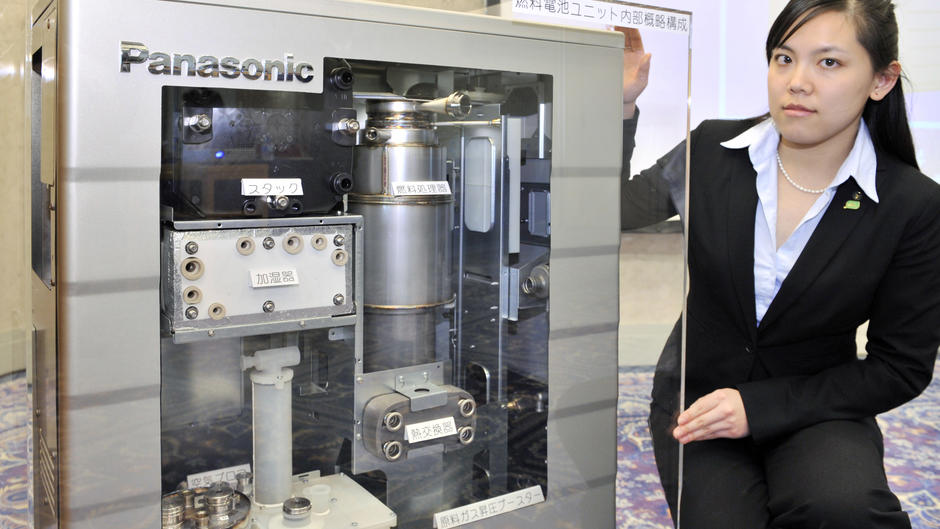
1. Japan’s Dreams of a “Hydrogen Society”
For more than a decade, people in Tokyo have been heating their homes with boilers, which are powered by and generate both heat and . In the picture, you can see the insides of a major manufacturer’s system that fits inside a cupboard. Japan hopes to replace oil with hydrogen for all applications, from industry to mobility and housing.
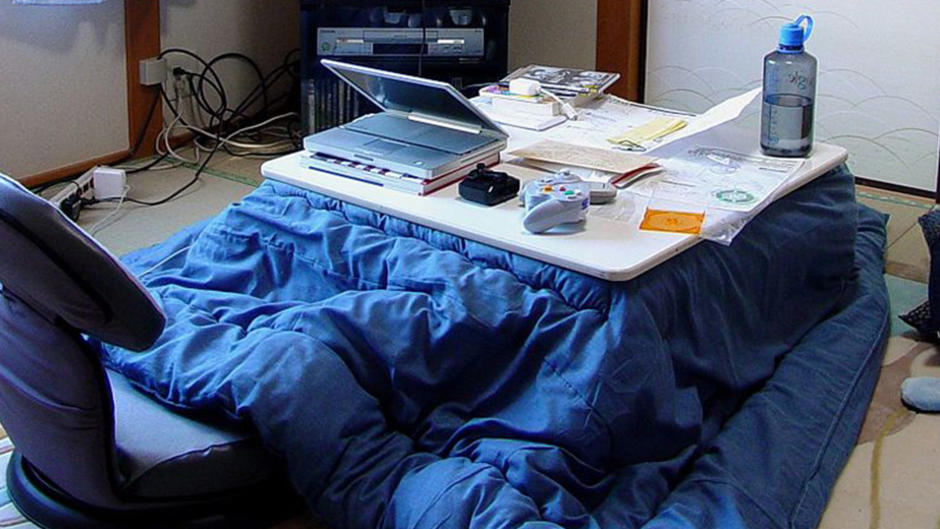
2. But Don’t Forget Tradition...
Modern technology does not mean that Japanese household traditions have been abandoned. A kotatsu is a low table with a small electric radiator hung underneath (historically, a small hot water heater was used instead!). Cover the table with a comforter to keep the heat under the table, and you’re all set for work or an evening of TV.

3. China Searches for Heat from Underground
In search of new sources of energy to meet the needs of its 1.4 billion citizens, China is developing its district heating systems to warm homes. Sinopec, a major oil company, is lending its expertise. In the photo, a worker in the province of Heibei explains the network of sensors and pumps that channel energy to heat entire neighborhoods.
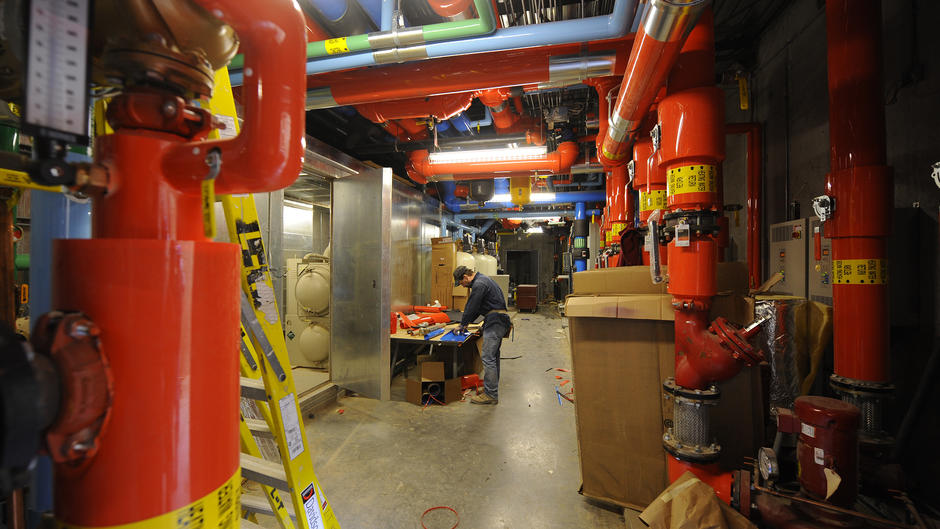
4. In the United States Too
Geopolitical rivalry does not stop countries from using the same renewables technology! After being 95% destroyed by a tornado, the city of Greensburg, Kansas, in the U.S. Midwest, decided to rebuild itself as a “green city” in every sense of the word. For example, the new hospital’s heating and air conditioning are powered by a geothermal system, which operates efficiently in all seasons thanks to reversible heat pumps.
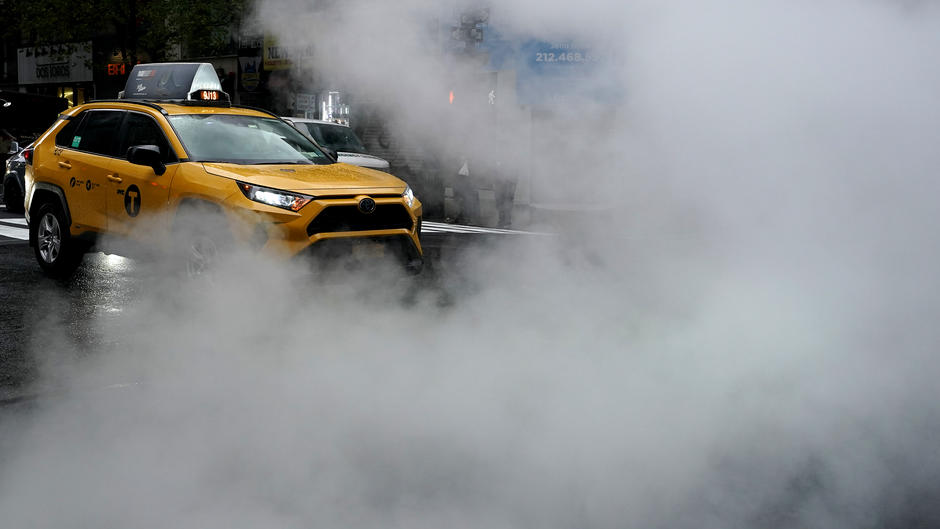
5. Manhattan’s Steam
District heating systems are a long-standing tradition in some U.S. cities. Shown here is a familiar scene on the streets of Manhattan, which is often depicted in detective films and series: clouds of steam rising from pipes buried under the in New York City. The steam comes from ConEdison power plants which, since 1882, have been redirecting their heat to buildings, hospitals, museums and the Empire State Building.
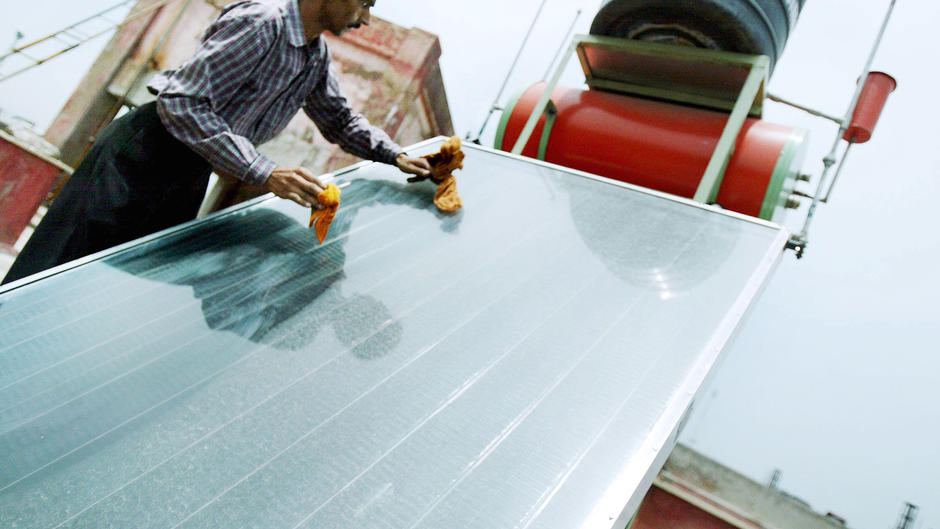
6. Thermal Power from the Sun
In addition to the photovoltaic panels that generate electricity, the heat from the Sun’s rays can be captured using flat panels with a circulating behind them. Water can be heated this way for domestic hot water needs, or, when large areas are available for panels, for heating purposes. In the photo, an employee at a commercial building in New Delhi, India, cleans a solar thermal collector.
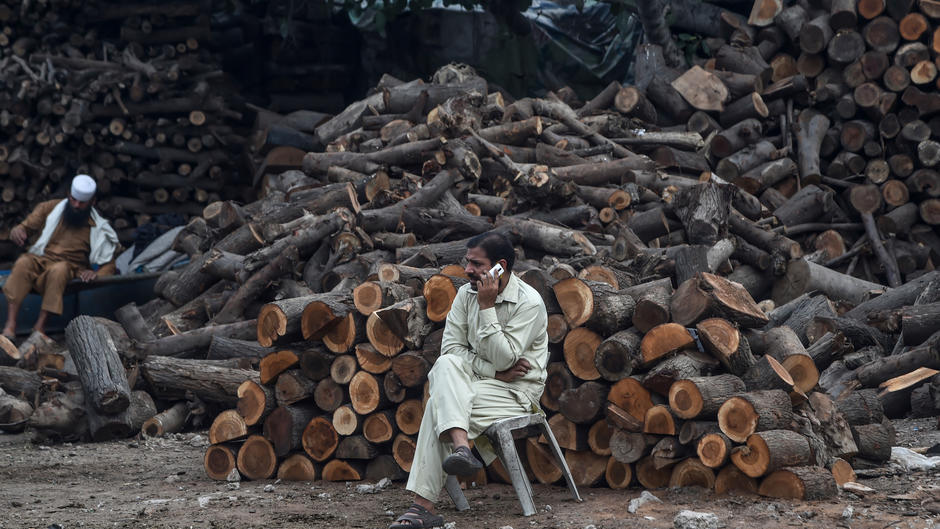
7. Wood, a Universal Fuel
Wood, which counts as , captures carbon from the atmosphere as it grows and is a source of when burned. However, if stocks are poorly managed, it can contribute to deforestation and air pollution. Wood is widely used as a fuel throughout the world, especially in less developed countries. In the photo, a shopkeeper in Lahore, Pakistan, is waiting for his customers in front of a pile of wood – while using what is no doubt a state-of-the-art telephone.

8. Wood, a Time-Consuming Fuel Too
Burning wood emits fine particles, which are especially dangerous in open fireplaces inside village houses. But another disadvantage receives much less attention: in villages in Africa, Asia and Latin America, wood gathering takes up a lot of time for women and children, preventing them from getting an education or doing more rewarding work. In the photo, children from an Amazonian tribal community return to their village, Jotavella, in Colombia.

9. Pistachios, Olives and Sugar Cane
When fuel is scarce or expensive, any available combustible is used. As shown in the photo, a Palestinian entrepreneur near Ramallah has developed a process to recycle olive pits by compressing them and using them for heating. Pistachio shells serve a similar purpose in Syria because of the civil war. And in Africa, an engineer has made from banana, sugar cane and cassava residues.
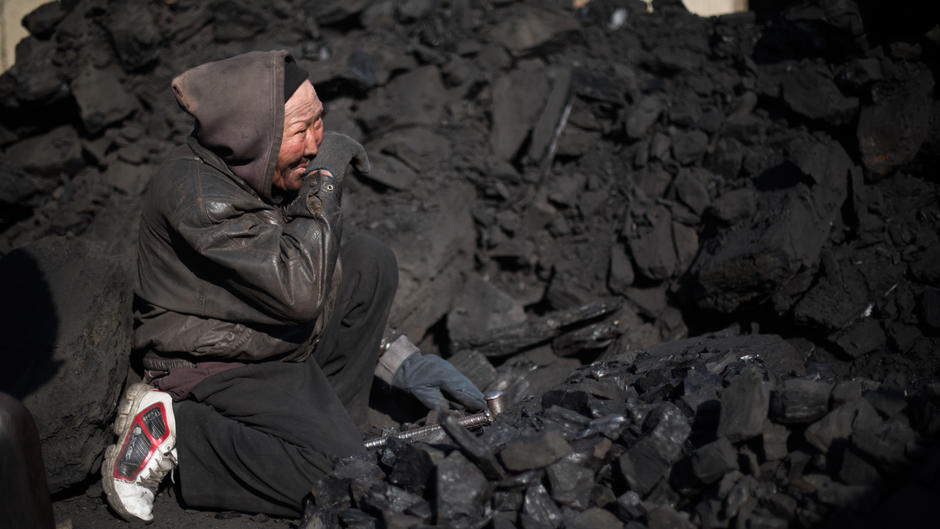
10. Coal, Abundant and Cheap
is still a very widely used fuel. In some poor countries, it can be consumed straight from the mine, like here in Ulan Bator, the capital of Outer Mongolia, where a worker is shown crushing the larger pieces. Coal can also be compressed into briquettes, such as in Asian and African countries, and in several European ones too.
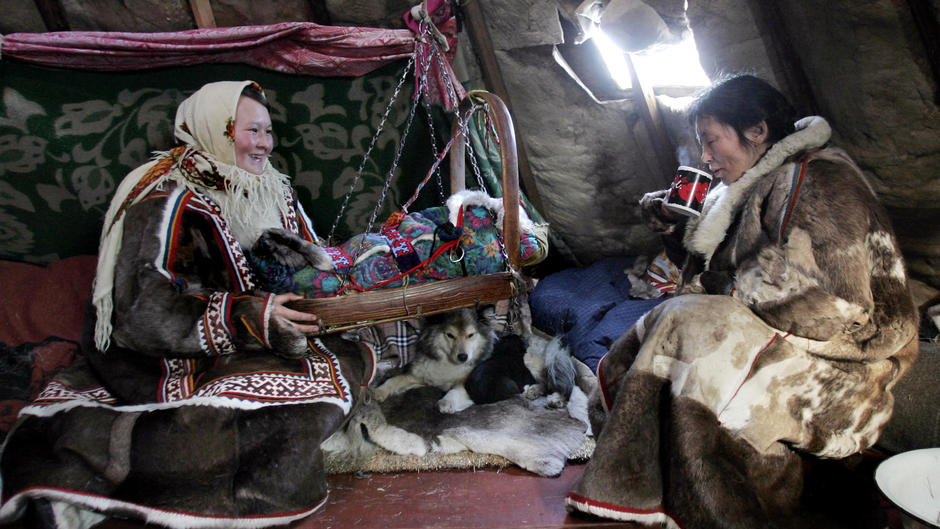
11. Not to Forget the Universal Heating Method, Clothing
Two young Nenets, who belong to one of the 26 Siberian ethnic groups, rock a baby in a cradle inside a traditional yurt. They accompany reindeer hunters as they travel through the icy expanses near the Arctic Circle. Some energy is produced by generators installed around the tents, but it is kept for cooking needs or... for recharging cell phones and tablets!
 This may interest you
This may interest you
See all
